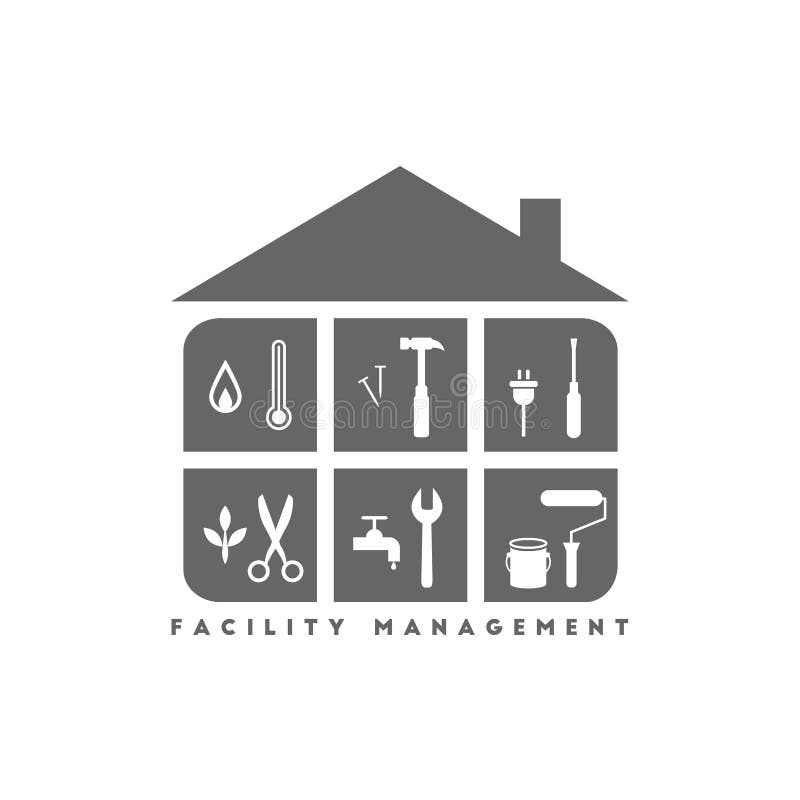Why Total Facility Management Is Essential for Today’s Enterprises
Exactly How Total Facility Management Boosts Maintenance and Workflow
Total Facility Management (TFM) stands for a transformative change in how companies come close to maintenance and operations. By leveraging data-driven strategies and integrated innovation, TFM not just expects and mitigates possible issues but additionally optimizes resource allocation and boosts performance. The ramifications of adopting such an extensive framework expand beyond mere performance; they discuss sustainability and long-lasting possession preservation. As we explore the complex advantages of TFM, one may question exactly how these practices can be tailored to address distinct functional obstacles.
Improved Maintenance Techniques
Enhanced Maintenance Approaches are crucial for enhancing the efficiency and long life of facilitiess. These techniques include a systematic method to upkeep that emphasizes proactive actions, predictive analytics, and condition-based tracking. By applying such methods, companies can properly decrease unexpected downtimes and reduce functional disturbances.
One critical part of enhanced upkeep is the usage of data-driven decision-making devices. These devices permit facility managers to analyze historical efficiency information, identify patterns, and projection possible failings prior to they take place. This anticipating upkeep approach not only prolongs the life cycle of devices but likewise boosts safety and compliance criteria.
Empowering and training maintenance employees are just as crucial in carrying out boosted strategies (Total Facility Management). Trained team can perform routine assessments and address small issues before they rise. Additionally, taking on a detailed possession management system helps with monitoring of equipment standing, maintenance background, and organizing of safety nets
Streamlined Operational Workflows
Optimizing functional workflows is critical for the general effectiveness of facility management. By applying streamlined processes, organizations can reduce redundancies, lessen hold-ups, and boost efficiency. A well-structured operational operations allows facility managers to assign resources properly, making certain that jobs are completed in a prompt way.
Making use of facilitiess management software application can automate regular tasks such as work order management, stock tracking, and organizing. Clear communication channels among team participants foster collaboration and liability, even more boosting operational efficiency.
Systematizing treatments is one more critical element. Developing ideal practices assists make certain that all team member are lined up in their approach, minimizing the likelihood of errors and enhancing solution delivery. Regular training and updates on process procedures also play an essential function in maintaining uniformity and effectiveness.
Ultimately, structured functional process contribute to a more receptive facility management system, enabling organizations to focus on calculated campaigns instead of being slowed down by management burdens. By prioritizing performance, facility managers can considerably improve the general performance of their operations.
Proactive Concern Resolution

Routine inspections and monitoring systems play an important duty in this process, enabling facility supervisors to gather information and anticipate potential failures. Additionally, fostering open interaction channels amongst personnel members urges the early coverage of problems, better facilitating prompt resolutions.
Implementing an extensive facility management software application can simplify the tracking of upkeep activities and problem reporting, offering important insights into repeating troubles and their origin creates. This data-driven approach enables for informed decision-making and prioritization of resources.
Inevitably, proactive problem resolution not only protects the integrity of facility operations but additionally improves worker satisfaction and security. By purchasing techniques that concentrate on prevention, organizations can create a more efficient and durable operational atmosphere, establishing a strong structure for future development and success.
Expense Performance and Resource Management
Exactly how can companies accomplish an equilibrium in between expense effectiveness and efficient source management in facility operations? The integration of total facility management (TFM) offers a calculated structure that enhances financial performance while enhancing source allotment. By combining services, companies can enhance operations, minimize redundancies, and take advantage of economies of range.
Efficient source management begins with a detailed assessment of existing assets and operational procedures. Utilizing data analytics, organizations can determine underutilized sources and address inefficiencies. This informed approach allows the execution of targeted maintenance timetables, thereby prolonging asset life and lessening unexpected downtime.

Training and advancement of facility management workers additionally improve expense effectiveness by furnishing them with the skills required to manage resources judiciously. Inevitably, by adopting an all natural technique to facility management, companies can attain significant cost financial savings while making certain that functional efficiency remains a leading concern.
Sustainability and Ecological Effect
The integration of total facility management (TFM) not just boosts price efficiency however likewise plays an essential role in promoting sustainability and minimizing environmental effect. By embracing an alternative method to facility procedures, TFM facilitates the execution of lasting techniques that decrease source intake and waste generation.
One of the vital parts of TFM is the optimization of power use. This consists of the adoption of energy-efficient innovations, routine maintenance of a/c systems, and the usage look at this site of smart building management systems. These steps not only lower energy prices however also dramatically lower greenhouse gas exhausts.
Additionally, TFM promotes using lasting materials in facility maintenance and restoration jobs. By prioritizing environment-friendly items and techniques, facilitiess can lower their total ecological impact while promoting much healthier indoor settings.

Conclusion
In final thought, Total Facility Management significantly boosts upkeep and operations through systematic methods that emphasize predictive analytics and condition-based surveillance. TFM promotes sustainable techniques, eventually leading to improved facility management results and a society of continual enhancement within companies.
Total Facility Management (TFM) represents a transformative shift in just how organizations approach upkeep and procedures. Utilizing facilitiess management software program can automate regular jobs such as job order management, supply tracking, and organizing.Just how can organizations attain a balance between expense efficiency and efficient resource management in facility operations? The combination of total facility management (TFM) offers a strategic framework that boosts economic performance while enhancing source allowance.In verdict, Total Facility Management considerably boosts maintenance and operations through systematic strategies that stress predictive analytics and condition-based surveillance.